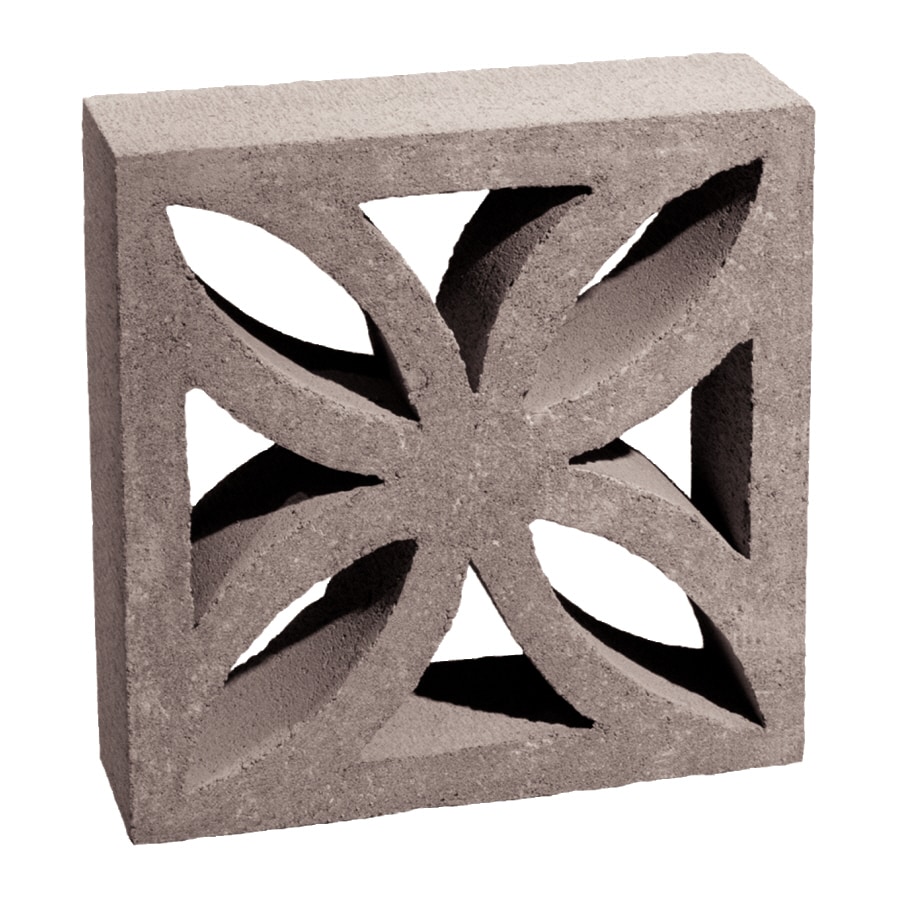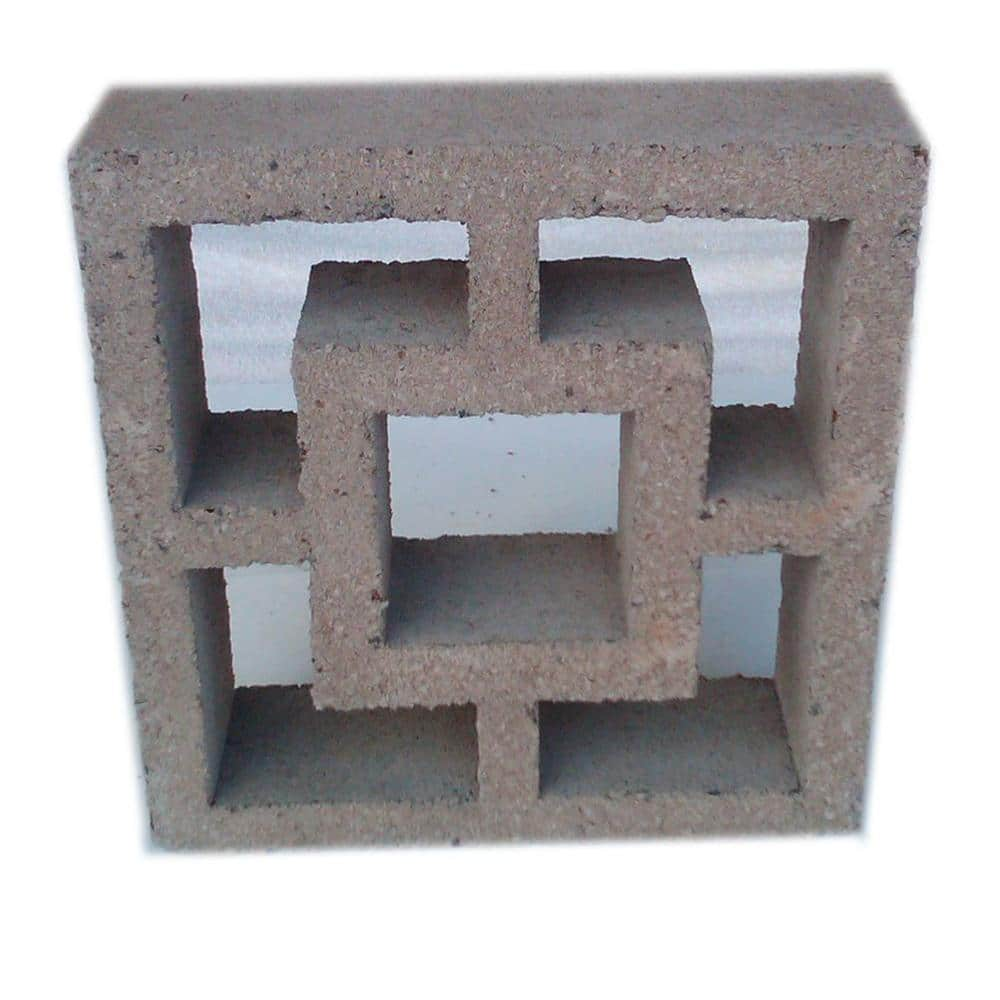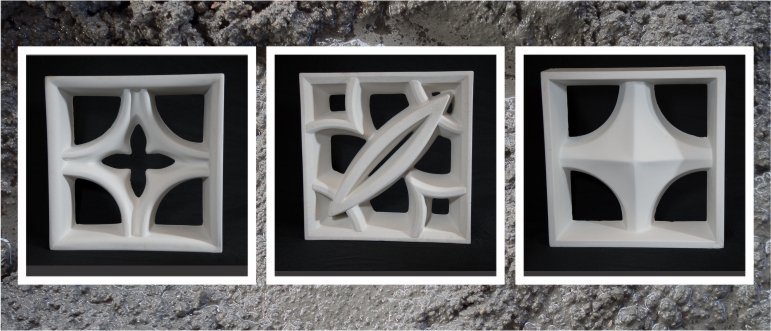Welcome to the exciting world of concrete decorative blocks! As someone who has worked with various landscaping materials over the years, I can confidently say that concrete decorative blocks offer a unique blend of beauty, durability, and versatility. Whether you’re sprucing up your garden or planning a comprehensive outdoor renovation, these blocks can be a game-changer. In this article, we will explore everything you need to know about concrete decorative blocks, including their benefits, design ideas, installation tips, and more!
What Are Concrete Decorative Blocks?
Concrete decorative blocks are pre-cast masonry units designed not just for structural purposes but also for aesthetic enhancement. They come in various shapes, sizes, and textures, allowing homeowners and builders to create visually appealing designs while ensuring durability.
The Versatility of Concrete Decorative Blocks
Concrete decorative blocks can be utilized in numerous applications. Here are some popular uses:

- Garden Walls: Create stunning retaining walls that blend seamlessly with your landscape.
- Fire Pits: Design an inviting fire pit area for gatherings with friends and family.
- Pathways and Patios: Enhance outdoor spaces with unique paved walkways and seating areas.
- Privacy Screens: Construct stylish barriers for added privacy without compromising aesthetics.
- Planters: Build raised garden beds that add greenery and beauty to your space.
Benefits of Using Concrete Decorative Blocks

Why choose concrete decorative blocks over other materials? Below are some key benefits:
1. Durability and Longevity
Concrete is renowned for its strength and resilience. Unlike wood or plastic, concrete decorative blocks are resistant to weathering, pests, and rot, ensuring that your investment lasts for years to come.

2. Low Maintenance
Once installed, concrete decorative blocks require minimal maintenance. An occasional wash with soap and water will keep them looking their best.
3. Customization Options
With a plethora of colors, textures, and patterns available, concrete decorative blocks can be tailored to suit your personal style and preferences.

4. Eco-Friendly Options
Some manufacturers offer recycled concrete blocks, making it a sustainable choice for environmentally-conscious consumers.
5. Cost-Effective Solution
While the upfront cost can vary, the durability and longevity of concrete decorative blocks often lead to long-term savings, as you won’t need frequent replacements.

Design Ideas for Concrete Decorative Blocks
The possibilities are nearly endless when it comes to designing with concrete decorative blocks. Here are some creative ideas that I’ve personally tried and loved:

1. Mosaic Patterns
Combine different colored blocks to create attractive mosaic patterns. This can serve as a fantastic feature wall or patio design.
2. Textured Finishes
Utilize textured blocks to add depth and interest to your landscape. The rough surfaces can also help prevent slipping in wet conditions.

3. Vertical Gardens
Incorporate blocks into a vertical garden design. This not only saves space but also adds a unique visual element to your yard.
4. Custom Shapes
Get creative with custom-shaped blocks. Curved walls or unique designs can elevate an ordinary space to extraordinary!
Installation Tips for Concrete Decorative Blocks
Installing concrete decorative blocks can be an enjoyable DIY project, but there are some essential tips to ensure success:
1. Planning Your Layout
Before digging in, take the time to plan your layout on paper. This will help you visualize the finished product and avoid potential issues during installation.
2. Prepare Your Site
Clear the area of any debris, grass, or weeds. Level the ground to create a stable foundation for your blocks.
3. Use Proper Tools
Be sure to have the right tools on hand, including a level, a trowel, a rubber mallet, and a saw for cutting blocks if necessary.
4. Start with a Solid Base
Lay a solid base of gravel or sand as this will help with drainage and provide stability.
5. Check Your Leveling
Throughout the installation process, continuously check that your blocks are level. This will save you hassle later and ensure a professional finish.
Comparison Table: Concrete Decorative Blocks vs. Other Landscaping Materials
| Feature | Concrete Decorative Blocks | Wood | Brick |
|---|---|---|---|
| Durability | High | Medium | High |
| Maintenance | Low | High | Medium |
| Cost | Moderate | Low to High | High |
| Design Variety | High | Medium | Medium |
| Installation Ease | Moderate | Easy | Moderate |
Common Concerns About Concrete Decorative Blocks
While I’ve had great experiences with concrete decorative blocks, it’s important to address some common concerns:
1. Weight
Concrete blocks can be heavy, making them challenging to transport and handle. Planning for this in advance can help mitigate issues.
2. Color Fading
Over time, exposure to sunlight can cause some fading. However, quality blocks with UV resistant features will minimize this effect.
3. Cost Implications
Initial costs may be higher compared to some other materials, but consider the long-term savings on maintenance and replacement.
Frequently Asked Questions
What are the best concrete decorative blocks for outdoor use?
The best concrete decorative blocks for outdoor use are those specifically designed for exterior applications. Look for blocks that offer weather resistance and UV protection.
How do I clean concrete decorative blocks?
For routine cleaning, use a mixture of soap and water. For tougher stains, a power wash can help restore their original look without damaging the surface.
Can I paint concrete decorative blocks?
Yes! You can paint concrete decorative blocks with outdoor-grade acrylic paint, allowing you to alter their appearance to fit your design vision.
Are concrete decorative blocks environmentally friendly?
Concrete decorative blocks can be environmentally friendly, especially if made from recycled materials. Their durability also means less waste over time.
Conclusion: Elevate Your Space with Concrete Decorative Blocks
Concrete decorative blocks are not just functional; they are an incredible way to express creativity and style in your outdoor space. With their durability, low maintenance needs, and wide range of design possibilities, they are a worthy investment for any home. Whether you are a seasoned DIYer or just starting, working with concrete decorative blocks can be a rewarding experience that enhances your property’s appeal. I hope this guide has inspired you to consider using concrete decorative blocks for your next project!